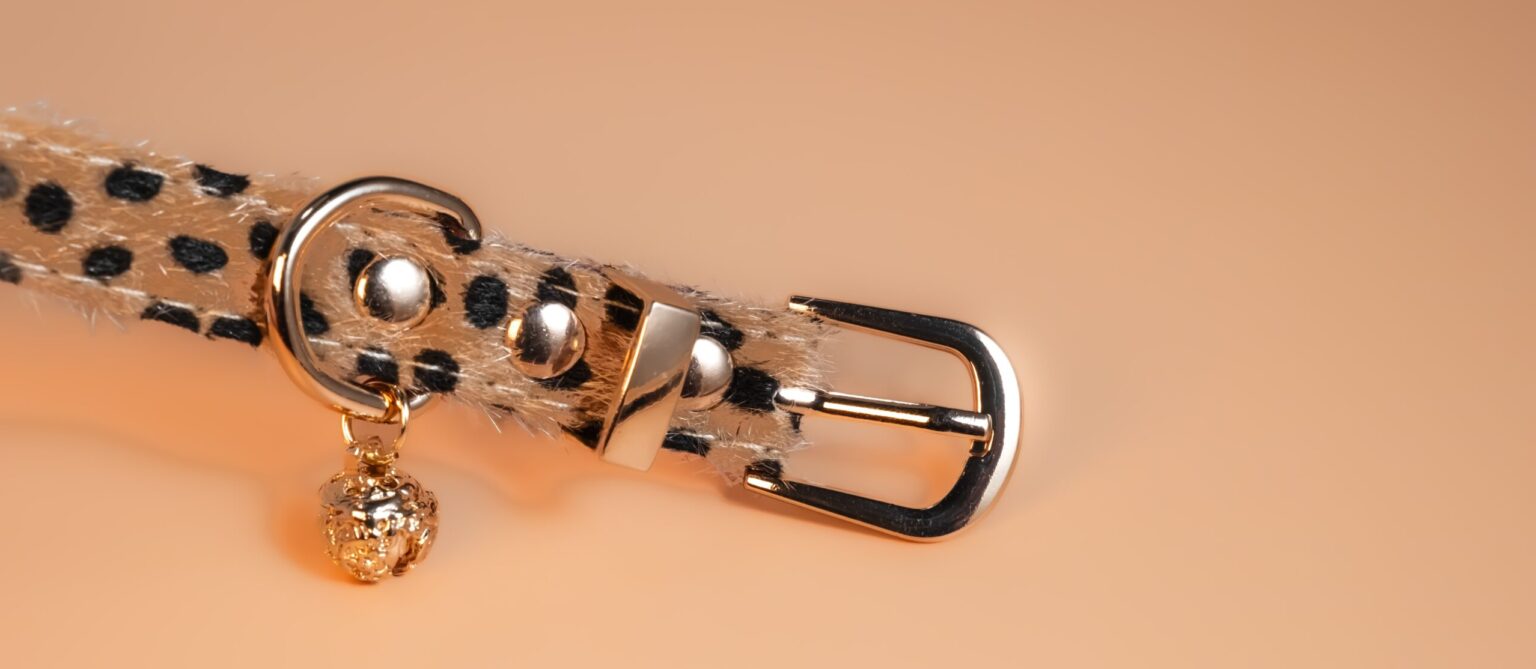
14 Feb The History of Sex Toys 002: Unexpected Popularity in Religion
When people think of religion, they often associate it with discipline, restraint, and even asceticism. In contrast, sex toys are usually linked to modern pleasure and privacy. However, history tells a different story. Across various religious traditions, sex toys have not only existed but, in certain contexts, gained acceptance or even encouragement. From Taoist sexual cultivation to hidden records in Christian monasteries, the relationship between religion and sexual aids is far more complex than it seems.

I. Eastern Religions: Sex Toys as Tools for Spiritual Cultivation
1. Taoism: Sexual Energy and Yin-Yang Balance
Taoism does not view sex as sinful but instead considers it a vital force aligning with the Tao—the fundamental principle of the universe. Ancient Taoist sexual practices, known as Fangzhongshu (房中术, “the arts of the bedchamber”), regarded sex as a method to enhance vitality and achieve immortality.
Historical records indicate that Taoist practitioners used various sexual aids, including:
- Jade or wooden phallic objects to improve sexual energy flow and balance yin and yang.
- Early vibratory devices described in texts from the Tang and Song dynasties as tools for pleasure and longevity (Wile, 1992).
In Taoist thought, sex toys functioned not as indulgences but as instruments for spiritual and physical harmony.
2. Hinduism and the Kama Sutra: The Sacredness of Pleasure
Hinduism takes a holistic approach to sexuality, recognizing it as one of the four main human pursuits (purusharthas), specifically under Kama (desire and sensual pleasure). The Kama Sutra, compiled by Vatsyayana between the 3rd and 5th centuries, not only details sexual techniques but also describes sexual aids:
- Ornate dildos (Lingams) used for self-pleasure and intimacy.
- Herbal aphrodisiacs and lubricants to enhance pleasure.
- Erotic sculptures and icons, such as those at the Khajuraho temples, depicting sacred sexuality (Doniger, 2003).
Hindu philosophy does not inherently condemn sexuality but encourages a mindful and spiritual approach to it.
II. Islam: Permissibility of Sexual Pleasure Within Marriage
Islamic teachings emphasize modesty and chastity while also recognizing the importance of marital sexual fulfillment. The Qur’an and Hadith (sayings of the Prophet Muhammad) stress the duty of spouses to satisfy one another.
During the Islamic Golden Age (8th–14th centuries), a thriving market for sexual aids existed in the Middle East. Classical texts discuss these openly:
- The Perfumed Garden (Al-Nafzawi, 16th century) describes sexual techniques and the use of stimulating devices.
- Ibn Hazm’s The Ring of the Dove (11th century) references women using self-pleasure tools.
- Marketplace records from medieval Cairo and Baghdad mention sex-enhancing products and lubricants (Musallam, 1983).
Islamic scholars generally ruled that sex toys were permissible within marriage but forbidden (haram) outside it.
III. Christianity: From Asceticism to Secret Usage
1. Early Christianity: Sexual Restriction and Contradictions
Early Christian doctrine, influenced by interpretations of Genesis, emphasized chastity and sexual restraint. Despite this, historical records suggest that sex toys were not absent from Christian society. Examples include:
- Medieval monastic writings mentioning nuns using phallic objects to “combat lustful urges” (Brundage, 1987).
- Secret convent records detailing confessions of self-pleasure among clergy members.
While Christianity officially promoted sexual purity, individuals within religious institutions sought ways to manage their desires.
2. 18th-19th Century: The Medicalization of Vibrators
By the 18th and 19th centuries, doctors in Europe and America began prescribing vibrators to treat “hysteria,” a condition attributed to sexual frustration.
- The first electromechanical vibrator, patented in the 1880s, became one of the earliest household electrical devices, even preceding the vacuum cleaner (Maines, 1999).
This period marked a contradiction: vibrators served medical purposes, yet moral constraints prevented open acknowledgment of their true function.
3. Modern Christianity: Diverging Perspectives
Today, Christian views on sex toys vary widely. Conservative groups often oppose them, while progressive Christians argue that they can enhance marital intimacy.
- Evangelical leaders, like Albert Mohler, denounce sex toys as promoting “lustful indulgence” (Mohler, 2005).
- Christian counselors, such as Lauren Winner, encourage their use in marriage to foster intimacy (Winner, 2018).
Christianity’s stance has evolved from outright condemnation to nuanced discussions based on interpretation.
The Complex Relationship Between Religion and Sex Toys
Sex toys have played a more significant role in religious traditions than commonly assumed. In Eastern philosophies, they served as tools for spiritual cultivation. In Islam, they gained acceptance within marriage. In Christianity, they existed in secrecy and later took on a medicalized role.
Today’s discussions on sex and religion continue to evolve, but history shows that sex toys were never purely secular inventions. Instead, they have long been part of humanity’s exploration of pleasure, health, and even spirituality.
References
- Brundage, J. A. (1987). Law, Sex, and Christian Society in Medieval Europe. University of Chicago Press. Link
- Doniger, W. (2003). The Kama Sutra: A New, Complete English Translation. Oxford University Press. Link
- Maines, R. (1999). The Technology of Orgasm: Hysteria, the Vibrator, and Women’s Sexual Satisfaction. Johns Hopkins University Press. Link
- Mohler, A. (2005). Sexuality and the Christian Faith. Crossway Books. Link
- Musallam, B. (1983). Sex and Society in Islam: Birth Control Before the Nineteenth Century. Cambridge University Press. Link
- Wile, D. (1992). Art of the Bedchamber: The Chinese Sexual Yoga Classics Including Women’s Solo Meditation Texts. SUNY Press. Link
- Winner, L. (2018). Real Sex: The Naked Truth about Chastity. Brazos Press. Link



No Comments